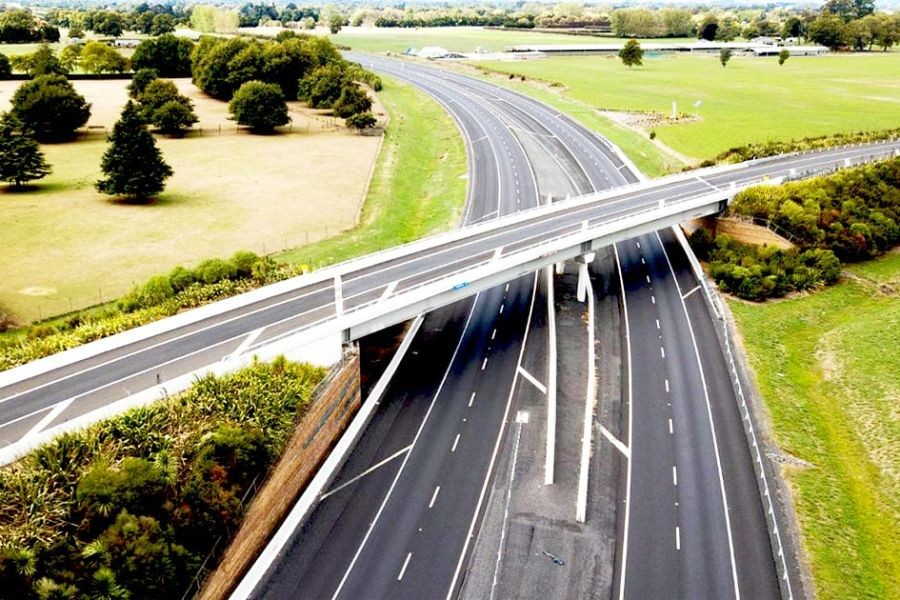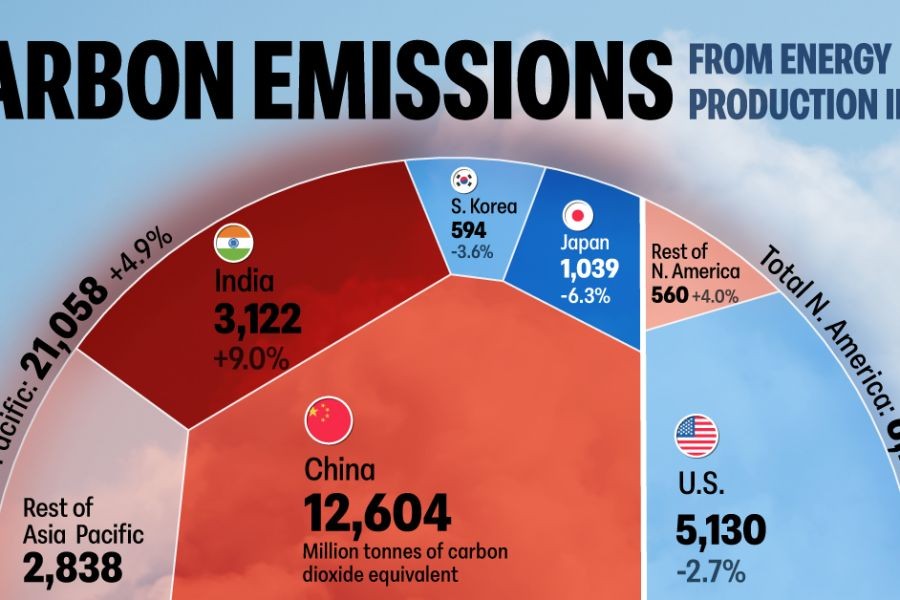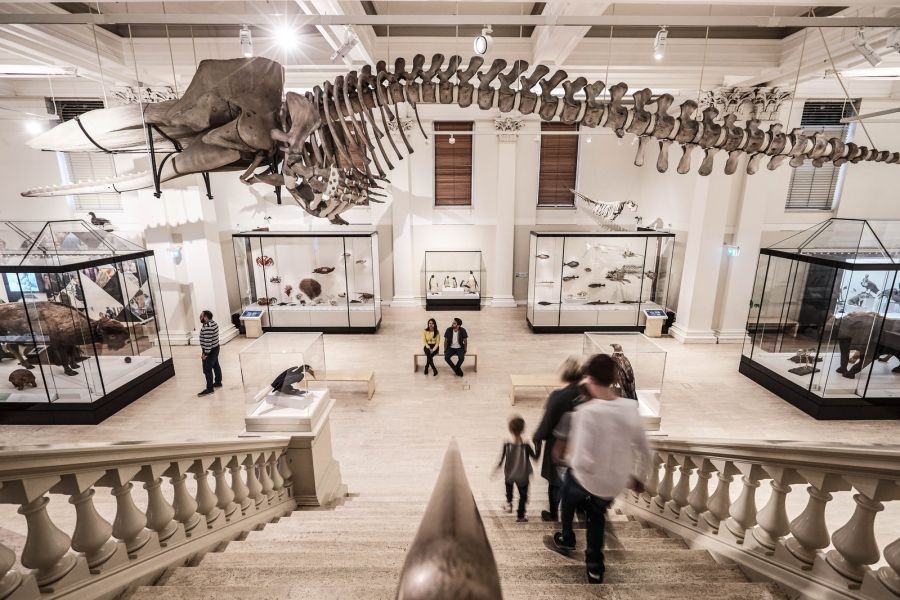Australia's healthcare system, renowned for its comprehensive coverage and universal access, is facing a mounting crisis: escalating emergency room (ER) waiting times. This issue, while not exclusive to Australia, has reached critical levels, affecting patient care and outcomes. With an increasing aging population and rising chronic disease rates, the demand for emergency care has surged, putting unprecedented pressure on the system. This article delves into the reasons behind these prolonged waiting times, examining economic, policy, and healthcare industry-specific factors impacting Australia.
Understanding the Scope of the Problem
Emergency room waiting times in Australia have been steadily increasing over the last decade. According to the Australian Institute of Health and Welfare (AIHW), the national median waiting time in 2022 was over 20 minutes, with some hospitals reporting waits of over an hour. This is a significant increase from a decade ago, where median wait times were under 15 minutes. These delays are more than mere inconveniences; they can lead to deteriorating health outcomes, increased patient distress, and in severe cases, preventable fatalities.
Economic and Policy Influences
The economic landscape in Australia plays a pivotal role in this scenario. As per the Reserve Bank of Australia (RBA), the country's GDP growth has slowed, impacting public health funding significantly. In 2024, the healthcare sector received a budget increase of just 2.4%, barely aligning with inflation and falling short of the required investment to cater to the growing population needs.
Moreover, policy decisions have exacerbated the issue. The Australian Competition & Consumer Commission (ACCC) has noted that private health insurance coverage has declined, with more Australians relying on the public system. This shift places additional strain on already overburdened public hospitals, with emergency departments bearing much of the brunt.
Healthcare Workforce Challenges
Australia faces a critical shortage of healthcare professionals, particularly in nursing and emergency medicine. The Australian Bureau of Statistics (ABS) reports that the healthcare sector needs an additional 85,000 nurses by 2025 to meet demand. Despite government efforts to attract more professionals through immigration and training programs, the shortfall remains significant, leading to overworked staff and compromised patient care.
Technological and Infrastructure Limitations
While technology has advanced significantly, its integration into healthcare systems has been uneven. Many hospitals still rely on outdated IT systems that hinder efficient patient processing and data management. The lack of integrated electronic health records (EHRs) is a major bottleneck, delaying patient assessments and treatments.
Case Study: Royal Melbourne Hospital
Royal Melbourne Hospital, one of the largest in Victoria, faced a critical juncture in 2023. With increasing patient inflows, their emergency department struggled to maintain efficiency, resulting in average wait times exceeding 45 minutes.
Problem: The hospital experienced a surge in patient numbers, compounded by a shortage of emergency medicine specialists and nurses, exacerbating wait times.
Action: In response, the hospital implemented an innovative triage system using AI algorithms to prioritize patients based on urgency. They also partnered with local universities to fast-track the training of nursing staff.
Result: Within six months, the hospital reduced wait times by 30% and improved patient satisfaction rates significantly.
Takeaway: The integration of technology and strategic workforce planning can substantially alleviate wait times, though it requires upfront investment and commitment from stakeholders.
Pros and Cons of Current Solutions
Efforts to mitigate ER wait times have yielded mixed results. Here’s an evaluation of current approaches:
✅ Pros:
- Investment in Technology: Hospitals adopting EHRs and AI-driven triage systems report improved patient flow and reduced wait times.
- Workforce Initiatives: Programs aimed at increasing healthcare professionals have shown potential in addressing staff shortages.
- Policy Reforms: Tailored policies to divert non-urgent cases to primary care have alleviated some pressure on ERs.
❌ Cons:
- High Implementation Costs: Upgrading technology and training personnel require significant financial resources.
- Slow Policy Adoption: Bureaucratic hurdles slow down the implementation of necessary reforms and solutions.
- Resistance to Change: Some healthcare professionals and institutions are resistant to adopting new technologies and methodologies.
Common Myths About ER Waiting Times
- Myth: "Emergency rooms are underfunded across the board." Reality: While funding is an issue, misallocation of resources and inefficiencies contribute equally to the delays.
- Myth: "Technology will solve all waiting time problems." Reality: Technology is a tool, not a panacea. Without proper integration and training, it cannot single-handedly solve systemic issues.
- Myth: "More doctors in ERs means shorter waits." Reality: The solution requires a balanced approach, including better triage systems and primary care integration to prevent unnecessary ER visits.
Future Trends and Predictions
Looking ahead, Australia must innovate to overcome the challenges of ER wait times. The integration of telehealth services, as seen during the COVID-19 pandemic, could play a significant role in reducing non-critical ER visits. According to Deloitte's 2025 healthcare report, telehealth consultations in Australia could reduce ER visits by 15% if appropriately implemented.
Moreover, the adoption of AI in healthcare is projected to grow exponentially, with the potential to revolutionize patient management and care delivery. By 2028, AI could reduce ER processing times by up to 40%, according to projections by the Australian Digital Health Agency.
Conclusion
Addressing emergency room waiting times in Australia requires a multifaceted approach, combining technology, workforce development, and policy reforms. The path forward involves significant investment but promises enhanced patient care and system efficiency. As stakeholders collaborate to implement these changes, the future of Australia's healthcare system looks promising.
What's your take on the solutions proposed for reducing ER wait times? Share your thoughts and experiences below!
People Also Ask
- How do emergency room wait times impact patient care in Australia? Prolonged wait times can lead to delayed treatment, worsening of conditions, and increased patient distress, impacting overall patient care quality.
- What are the biggest misconceptions about emergency room waiting times in Australia? One common myth is that more doctors alone can reduce wait times. In reality, it requires a combination of efficient systems and resource allocation.
- What upcoming changes in Australia could affect emergency room waiting times? By 2026, increased adoption of telehealth and AI technologies could significantly alleviate pressure on emergency departments.
Related Search Queries
- Emergency room waiting times Australia
- Australia healthcare system challenges
- AI in healthcare Australia
- Telehealth impact on emergency services
- Healthcare workforce shortages Australia
- Australian healthcare policy reforms
- Technology in emergency medicine
- Public vs. private healthcare in Australia
- Future of healthcare in Australia
- Reducing ER wait times strategies
































JulietMyle
1 month ago